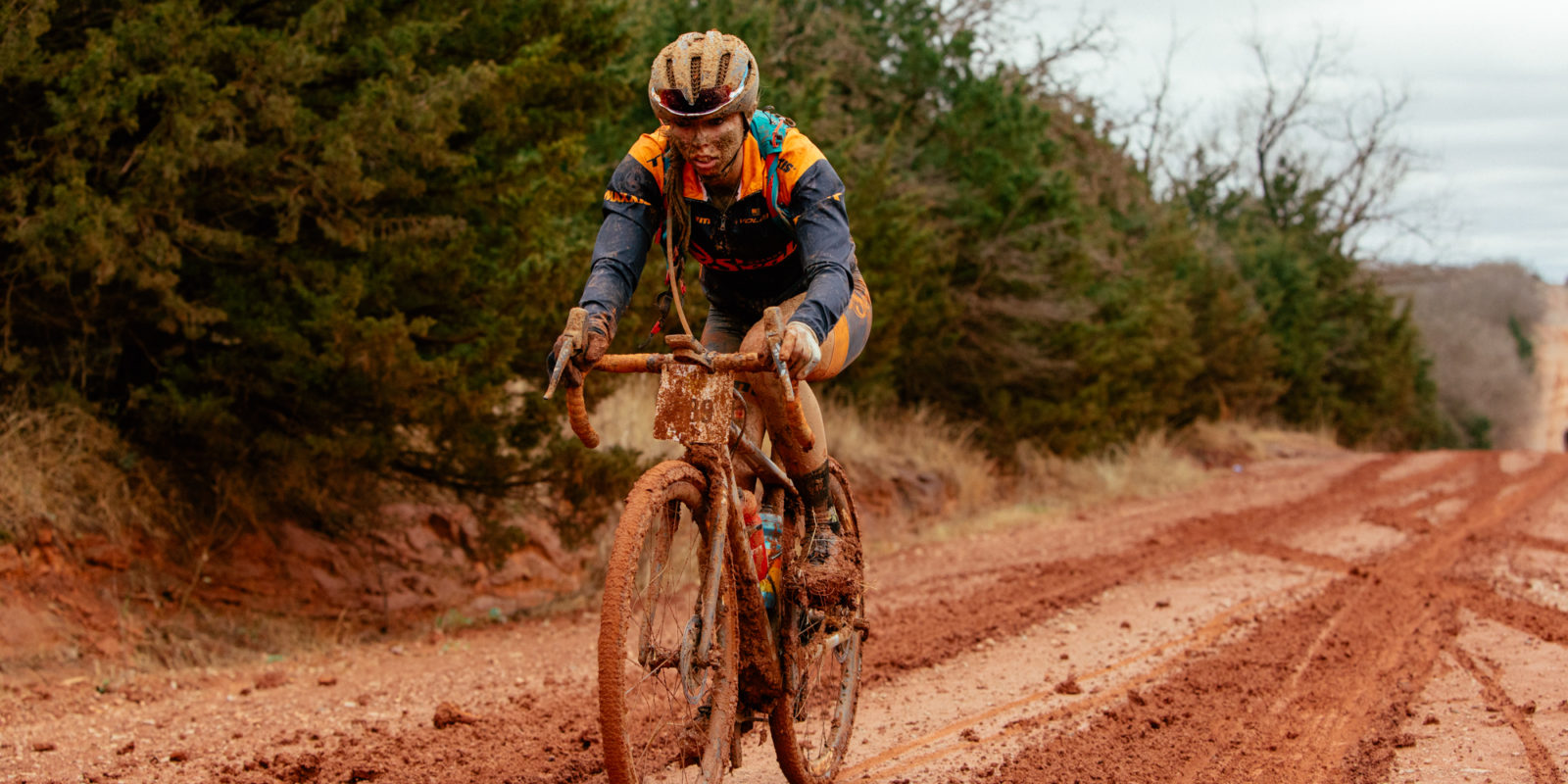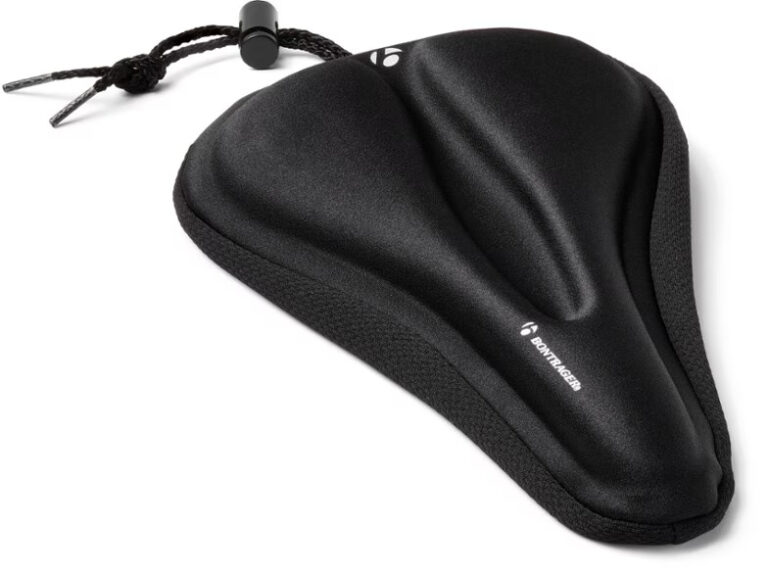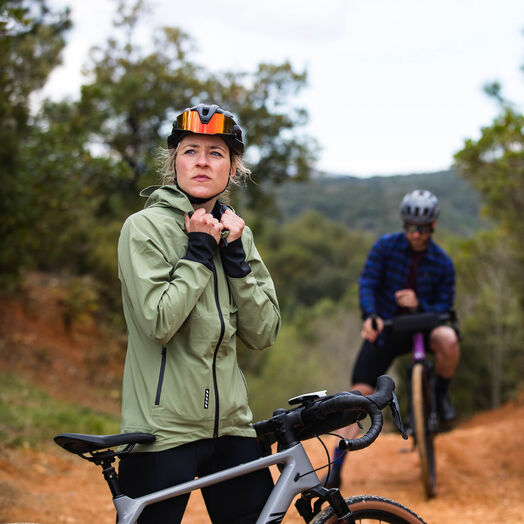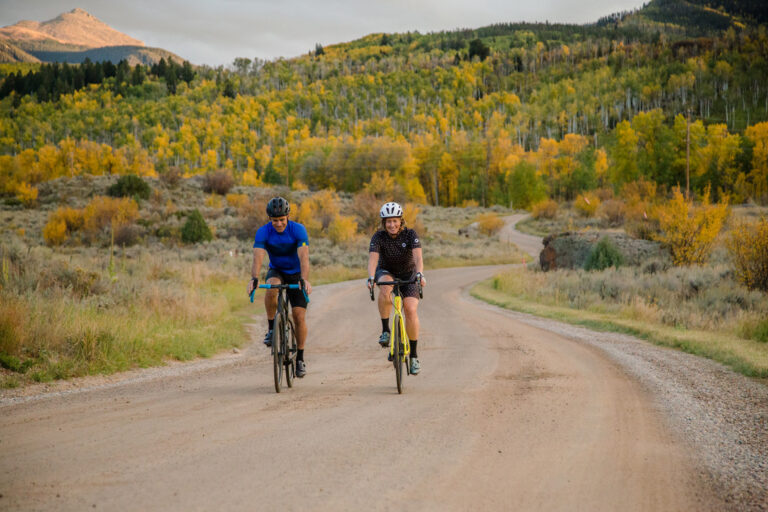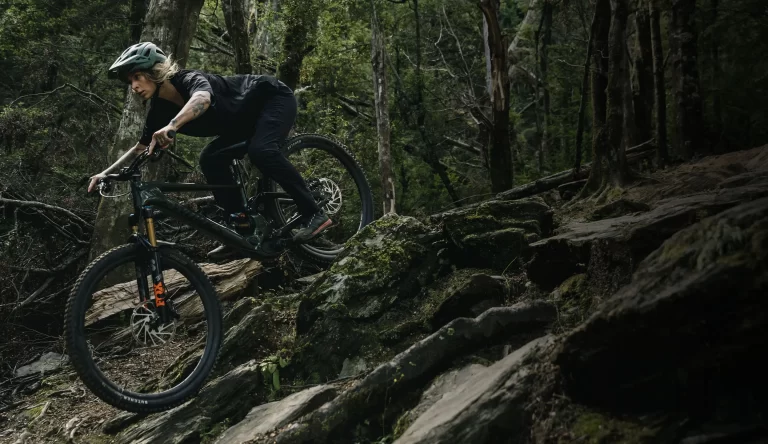Saddle Padding Options for Gravel Biking: Enhancing Comfort on Rough Trails
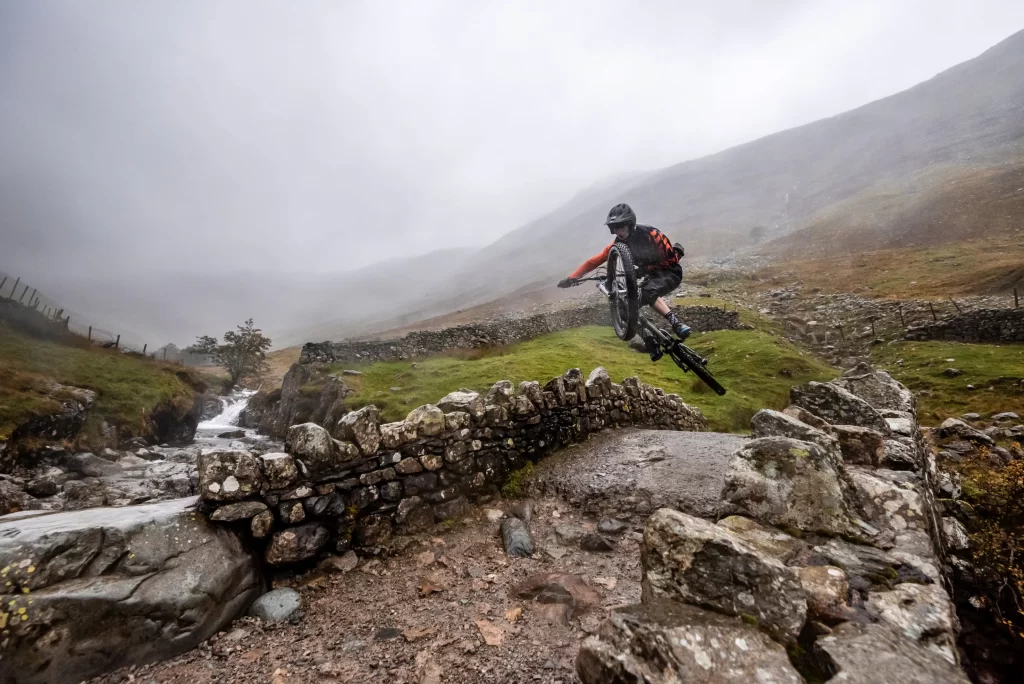
Key Point Summary of Saddle Padding Options for Gravel Biking:
- Types of Saddle Padding: Exploring different padding materials and their impact on comfort.
- Balancing Padding and Performance: How to choose the right amount of padding for gravel biking.
- Personal Experience with Padding: Insights from my journey in finding the perfect saddle padding.
As an experienced cyclist with a rich history in mountain, gravel, and cyclocross biking, I’ve learned the vital importance of saddle comfort, a factor that becomes even more critical in gravel biking with its diverse and often rigorous terrains. This discussion will delve into the array of saddle padding choices available and examine how they can significantly enhance your experience in gravel biking, particularly aimed at those in the beginner to mid-level cycling stages.
Types of Saddle Padding
Selecting the right saddle padding is crucial for comfort and performance in gravel biking. Different materials offer various benefits and drawbacks, and what works best can depend on individual preference, riding style, and the typical duration and terrain of your rides. Here’s a closer look at the common types of saddle padding and how they might suit your gravel biking needs.
Foam Padding
- Foam is the most common type found in bike saddles, with varying densities available. For gravel biking, medium-density foam is often ideal. It provides a balance of firmness for efficient power transfer and softness for comfort. In my early gravel biking experiences, a medium-density foam saddle, like the WTB Volt, offered the right level of comfort without feeling too plush.
Gel Padding
- Gel padding conforms more closely to your body than foam, offering enhanced comfort. However, it can be heavier and might provide too much ‘give’ for efficient pedaling in some instances. From my experience, a gel-padded saddle like the Selle Italia Diva Gel Flow felt great initially but didn’t quite offer the firm support needed for longer, more challenging gravel rides.
Air Cushioning
- Some modern saddles feature air cushioning technology, allowing for personalized adjustment. This can be ideal for finding your perfect comfort level, but these saddles may lack durability and be prone to malfunctions. While I haven’t personally used an air-cushioned saddle, like the Airhawk R-REVB Cruiser R Large, I’ve heard varied opinions from fellow cyclists, ranging from high praise for comfort to concerns about longevity and performance on rugged terrain.
Balancing Padding and Performance
Personal Comfort vs. Efficiency
Finding the right saddle padding is about balancing personal comfort and cycling efficiency. Too much padding can absorb too much power from your pedal stroke, while too little can lead to discomfort on rough gravel paths. Through trial and error, I’ve learned that a saddle with moderate padding works best for me, offering enough comfort without compromising on performance.
Impact of Riding Style and Duration
Your riding style and the duration of your rides also influence the ideal amount of padding. For aggressive, performance-oriented riding, you might prefer firmer padding. For leisurely, long-distance rides, a softer, more cushioned saddle might be more suitable.
Personal Experience with Padding
Experimentation is Key
Over the years, I’ve experimented with various types of saddle padding. I started with a heavily gel-padded saddle, ideal for comfort, but as I shifted towards longer and more challenging gravel rides, I switched to a firmer foam-padded saddle that offered a better balance between comfort and efficiency.
Adjusting to Terrain
Gravel biking involves a mix of terrains, and I’ve found that having a slightly firmer saddle helps in maintaining control and stability on uneven surfaces.
Personal Preference and Adaptation
Remember, what works for one cyclist might not work for another. It’s important to consider your personal preference, comfort level, and how your body adapts to different types of padding.
FAQ
What is the best saddle for a gravel bike?
The best saddle for a gravel bike depends on individual fit and comfort preferences, but popular choices often include models with medium padding and a wider base for support, such as the WTB Volt or Specialized Power Saddle. Here’s a video from Gravel Cyclist about choosing the perfect gravel-specific saddle!
How should you sit on a gravel bike?
On a gravel bike, you should sit with a slightly more upright posture for better control and comfort over uneven terrain, ensuring your weight is distributed evenly on the saddle to maintain stability and reduce fatigue.
Is riding on gravel harder?
Riding on gravel can be harder than on smooth roads due to the uneven and loose surface, which requires more effort for stability and control, and often leads to increased resistance against the bike.
Final Thoughts
In gravel biking, the right saddle padding can make a significant difference in your riding experience. Whether it’s foam, gel, or air cushioning, the best choice depends on your personal preference, riding style, and the kind of gravel biking you do. Don’t be afraid to experiment with different padding options to find what works best for you.
Happy and comfortable gravel biking!
John
